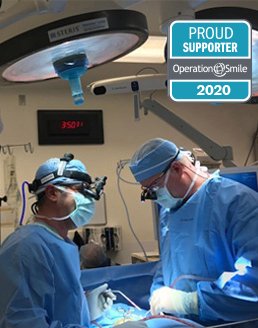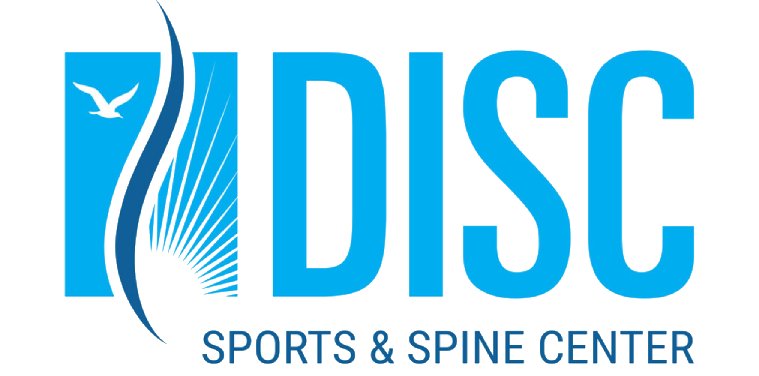Degenerative Disc Disease
Degenerative Disc Disease Treatment in Newport Beach
Degenerative disc disease is one of the most common causes of low back pain and neck pain typically resulting from aging. It can also be caused by injury or trauma. The fluid in the disc give its spongy characteristic and contributes to its shock-absorbing abilities. A the amount of water in the disc decreases and the collagens and proteins undergo chemical changes as we age, the discs become stiff or rigid and susceptible or prone to tearing. This also causes the discs to flatten and reduce the gap between the vertebrae.
Inflammatory pain associated with degenerative disc disease is caused by the release of chemicals in the nucleus that irritate nerve roots. Mechanical pain associated with degenerative disc disease is due to the physical pressure on the nerve root as a result of herniation or disc space compression. Both inflammatory and mechanical pain also can cause muscle spasms and impaired mobility.
If a tear occurs in the outer ring of the disc, the soft inner nucleus can seep out and cause the disc to bulge or herniate. This leads to pressure on the nerve root and pain at the site of the nerve root affected. This pain can radiate along the pathway of the affected nerve root.
If a herniated disc occurs in the neck, pain may radiate to the back of the head, upper back, shoulders, and arms. Herniation in the lower back can cause pain in the buttocks, legs and feet.
Collapse of the disc may create a condition called spinal stenosis, which is narrowing of the space on the spinal cord and nerves. Pressure from spinal stenosis can cause pain and may also trigger a reaction in the spine that leads to the development of bone spurs (bone protrusions) that further decrease the amount of available space.
- Pain that worsens when bending, sitting, lifting or twisting
- Feeling better changing positions often or lying down
- Weakness in the leg muscles or foot
- Periods of severe pain that come and go
- Feeling better while walking or even running than while sitting or standing for long periods of time
- Pain in the low back, buttocks, thighs or the neck, depending on where the affected disc is
- Numbness and tingling in the arms, fingers and thighs
To diagnose degenerative disc disease, your Newport Beach orthopaedic surgeon, Dr. Todd Peters will perform a complete and thorough physical examination as well as a medical history check. He may also request X-Rays, MRIs, and CT scans to better assess your case.
X-Rays – A type of quick imaging process using electromagnectic waves to better show Dr. Peters bones of the body to pinpoint possible sources of pain.
Magnetic Resonance Imaging (MRI) – This type of imaging uses radiology to show Dr. Peters the soft tissues of the body like muscles, disks, nerves, and the spinal cord.
Computerized tomography (CT) – CT scans are X-ray scans taken from various angles to create a cross-section of bones and soft tissues of the body.
- Non-operative treatment of symptoms
- Artificial disc replacement
- Surgical intervention
Dr. Todd Peters specializes in minimally invasive orthopaedic surgery to treat Degenerative Disc Disease. For appointments, please call (949) 383-4182 or Contact Us.





